July 11, 2014, by International students
Exploring other cultures through food
You can read Kuemju’s blog in Korean on Naver.
One of Socrates’ famous sayings is “Worthless people live only to eat and drink while people of worth eat and drink only to live”. I would change the latter part to “people of worth eat and drink to understand different cultures”.
By far, the best experience of studying in the UK is the diverse range of cultures. Generally, people refer the US as a melting pot since many different cultures are mixed. I want to refer the UK as a mosaic because different cultures co-exist in harmony. The main difference between melting pot and mosaic is how each unique culture exists in whole society. The reason I want to refer the UK as a mosaic is because each different culture fits together with other different cultures, rather than being absorbed into a big pot. My friends are a good example for this. They come from all different countries, and we bounce our different cultures off each other. One of the best ways to do that is by sharing food.
I believe that food not only reflects the culture of each country but also acts as a bridge, connecting people. Whenever I meet new friends here, I usually invite them to my flat. Even though I’m not a patriot to the core, I want them to experience a bit of Korean culture with Korean food. I’ve cooked typical Korean food such as Kimbap (rice roll with vegetables), Korean pancakes, transparent noodles with vegetables, spicy chicken dish, and so on. My friends soon started taking it in turns to cook their country’s traditional food. 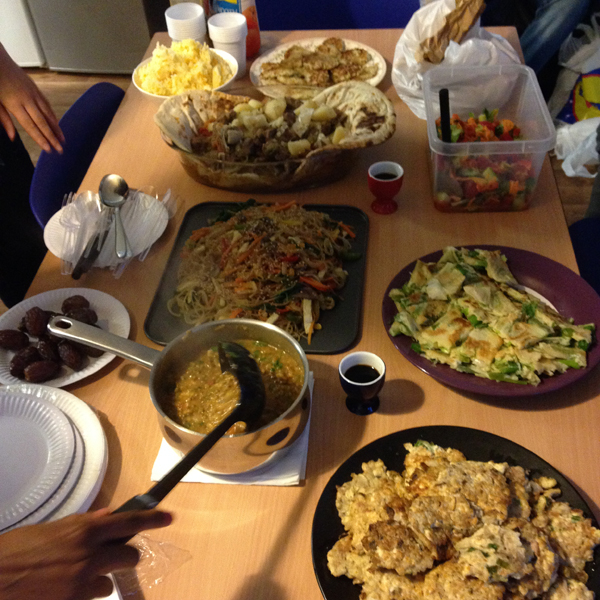
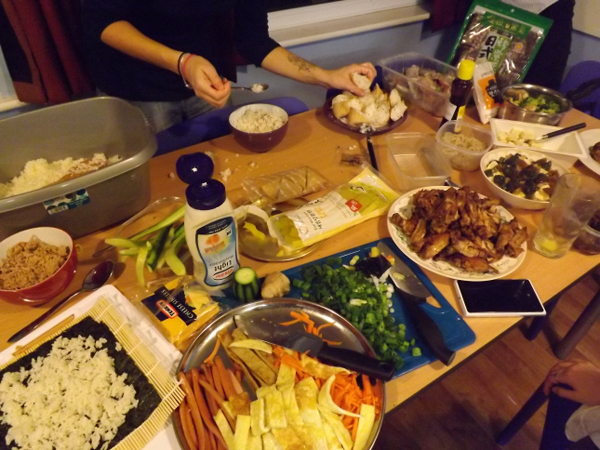 The first candidates were from Kenya. One of my flat mates is from Kenya, and she cooked Kenyan food with her friends. Given that maize is the most common grain in Kenya, Ugali and Chapati are staple food. They cooked Ugali, Chapati, green grams (dengu), cabbage cooked with dhania (coriander), pilau rice, chicken stew, and vegetable salad with lemon vinaigrette.
The first candidates were from Kenya. One of my flat mates is from Kenya, and she cooked Kenyan food with her friends. Given that maize is the most common grain in Kenya, Ugali and Chapati are staple food. They cooked Ugali, Chapati, green grams (dengu), cabbage cooked with dhania (coriander), pilau rice, chicken stew, and vegetable salad with lemon vinaigrette.
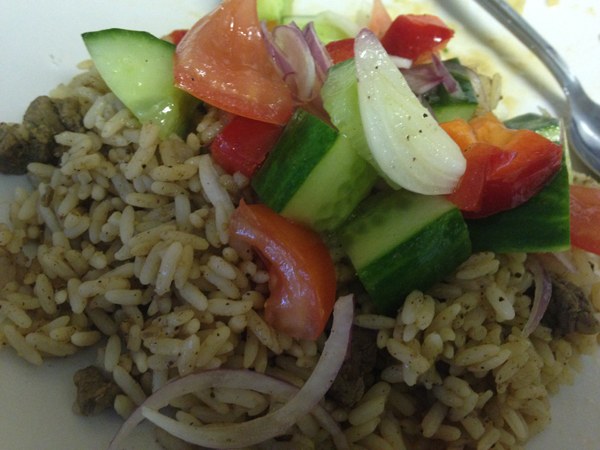 The second candidate was from Poland. Because of the weather, they usually have soups. What my friend cooked was mushroom soup (Zupa Grzybowa) with carrot and black pepper. According to him, having so many different types of soup keeps them warm, especially in the cold winter. In addition, I think that simmering soups on the stove for a while might add warmth to house.
The second candidate was from Poland. Because of the weather, they usually have soups. What my friend cooked was mushroom soup (Zupa Grzybowa) with carrot and black pepper. According to him, having so many different types of soup keeps them warm, especially in the cold winter. In addition, I think that simmering soups on the stove for a while might add warmth to house.
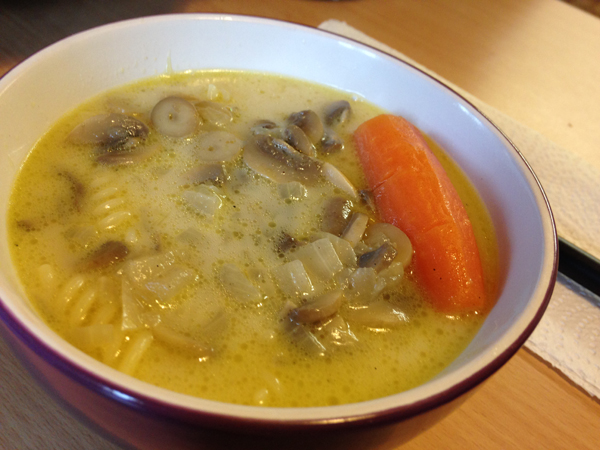 The next candidates were from Oman. They cooked curry and offered us their own sweets made with dates. The most amazing thing was that we ate the food like how they usually eat. We all sat on the floor and ate food with hands. It was my first time to eat ‘hot’ curry with bare hands. However, experiencing new cultures is always worth trying. Moreover, my friends explained why they eat food with hands based on their religion.
The next candidates were from Oman. They cooked curry and offered us their own sweets made with dates. The most amazing thing was that we ate the food like how they usually eat. We all sat on the floor and ate food with hands. It was my first time to eat ‘hot’ curry with bare hands. However, experiencing new cultures is always worth trying. Moreover, my friends explained why they eat food with hands based on their religion.
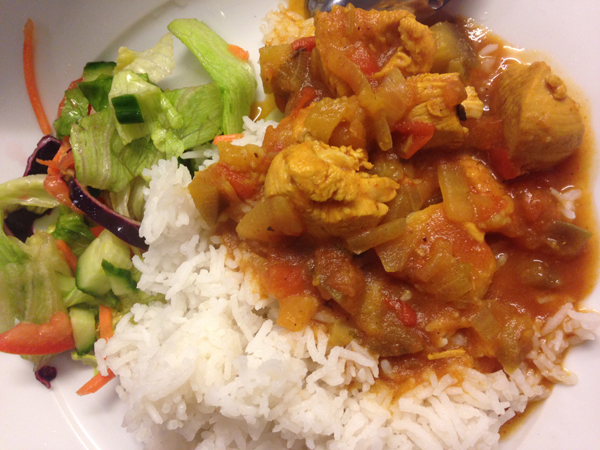 We are planning to have a culture night next month. Luckily, I have met so many great friends with different cultural background – Kenya, Oman, Kurdistan, Mexico, Canada, Italy, Poland, Germany, China, Cyprus, and Sri Lanka. Each person will cook one dish of their national cuisine and we will share them all together on that day. We are already looking forward to seeing how different food goes well together.
We are planning to have a culture night next month. Luckily, I have met so many great friends with different cultural background – Kenya, Oman, Kurdistan, Mexico, Canada, Italy, Poland, Germany, China, Cyprus, and Sri Lanka. Each person will cook one dish of their national cuisine and we will share them all together on that day. We are already looking forward to seeing how different food goes well together.
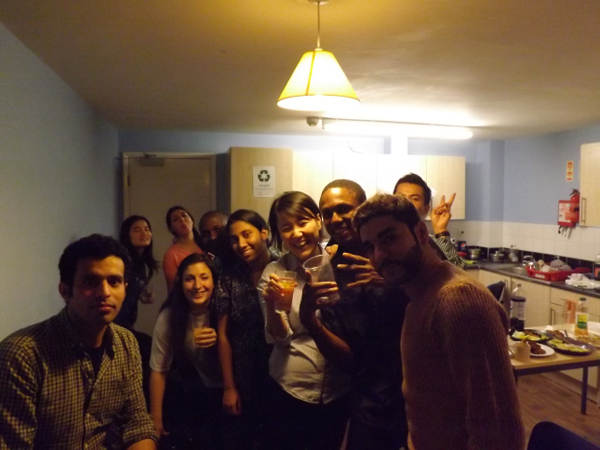 Kuemju Byeon, international student from South Korea studying MSc Work and Organisational Psychology at The University of Nottingham.
Kuemju Byeon, international student from South Korea studying MSc Work and Organisational Psychology at The University of Nottingham.
No comments yet, fill out a comment to be the first

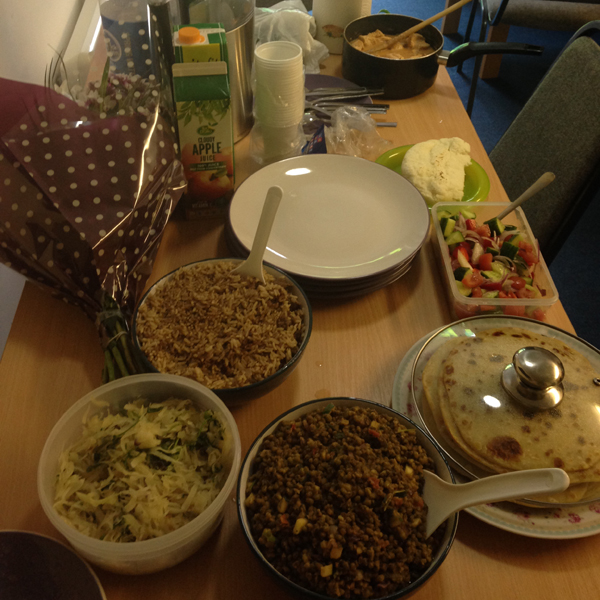
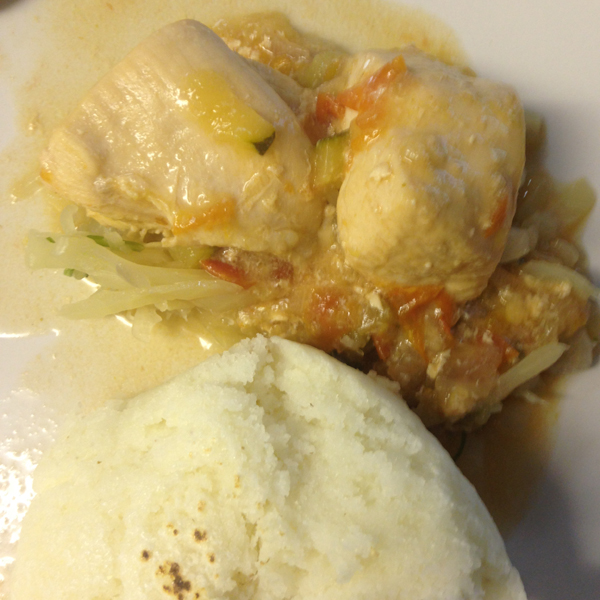
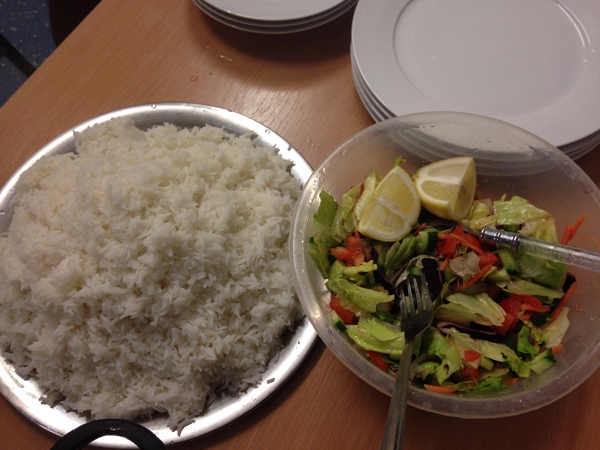
 English
English
Leave a Reply